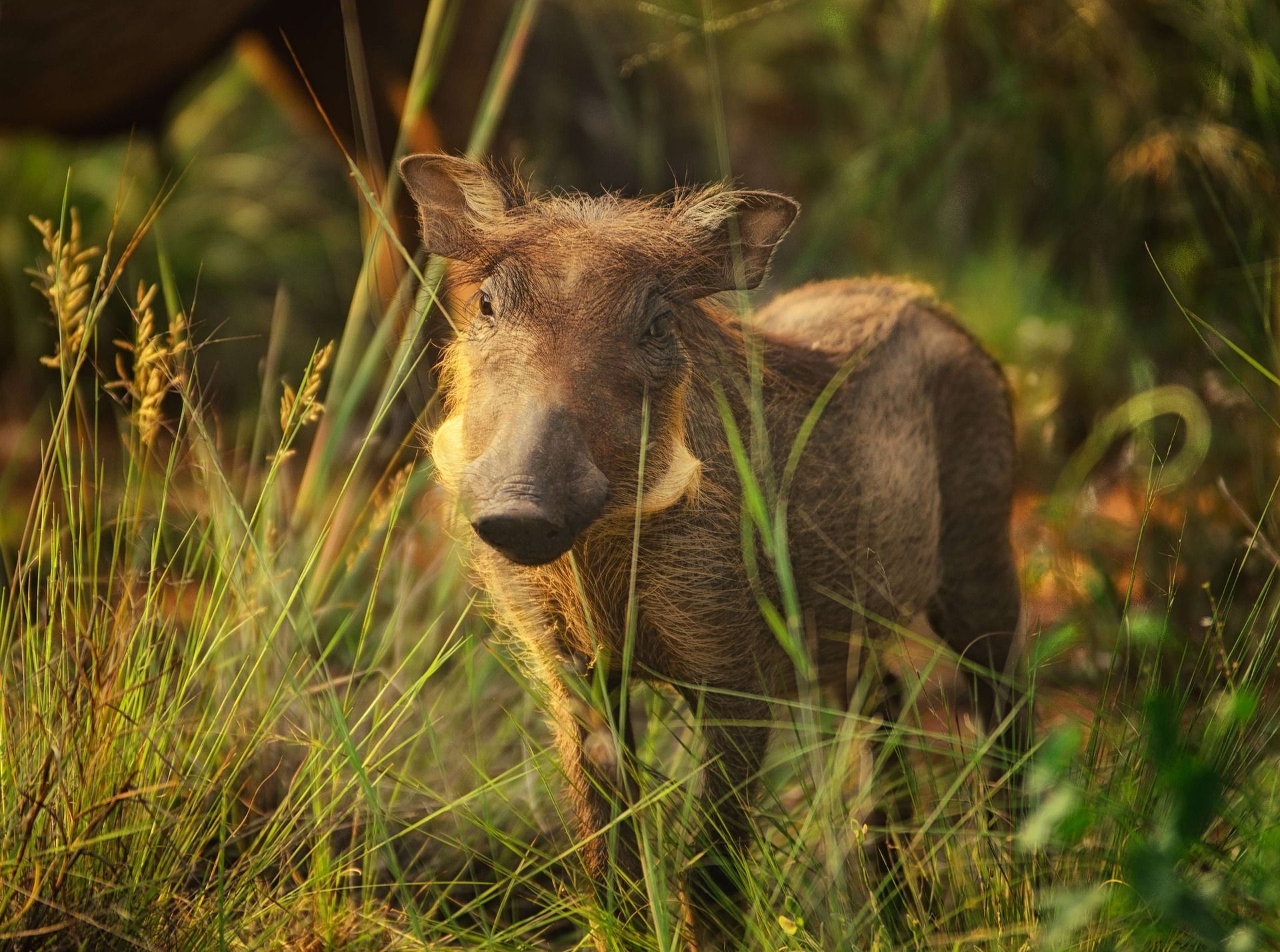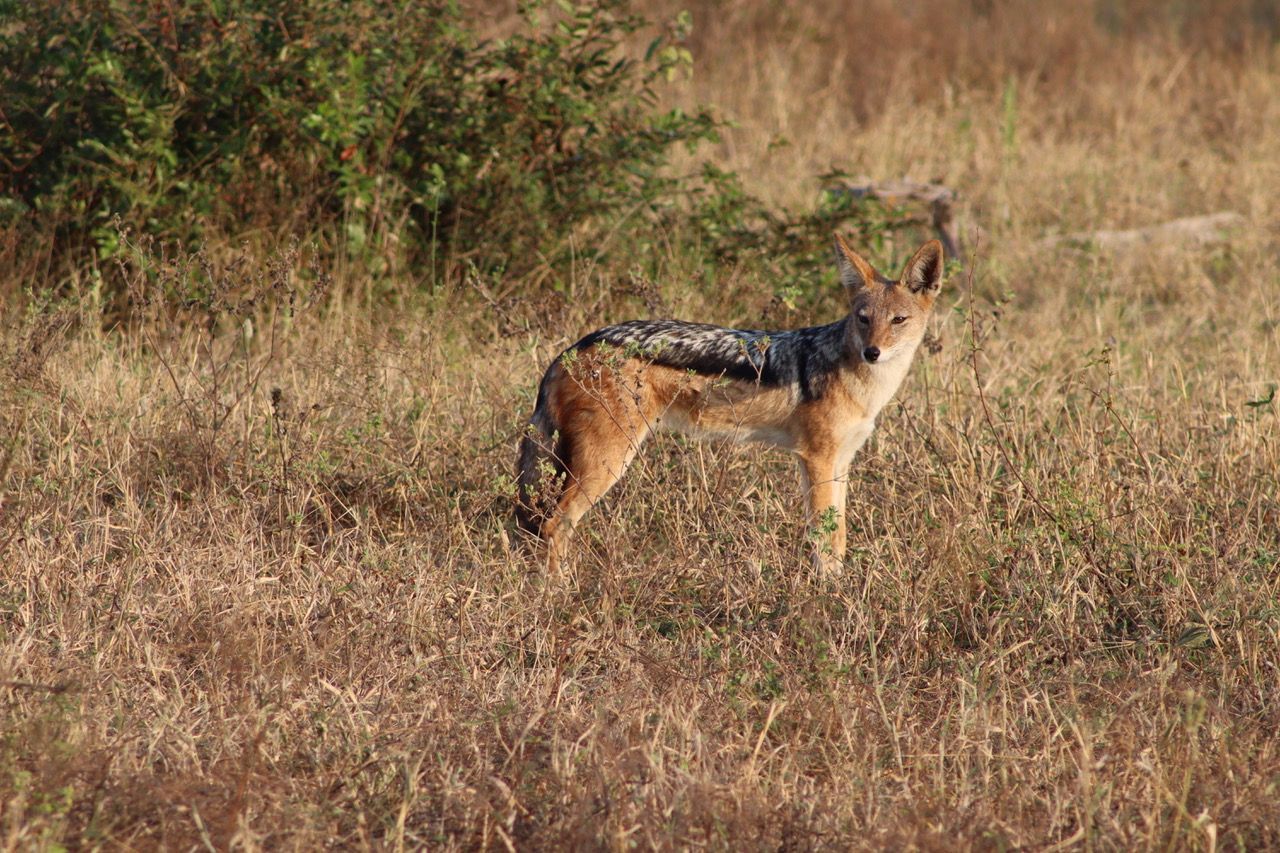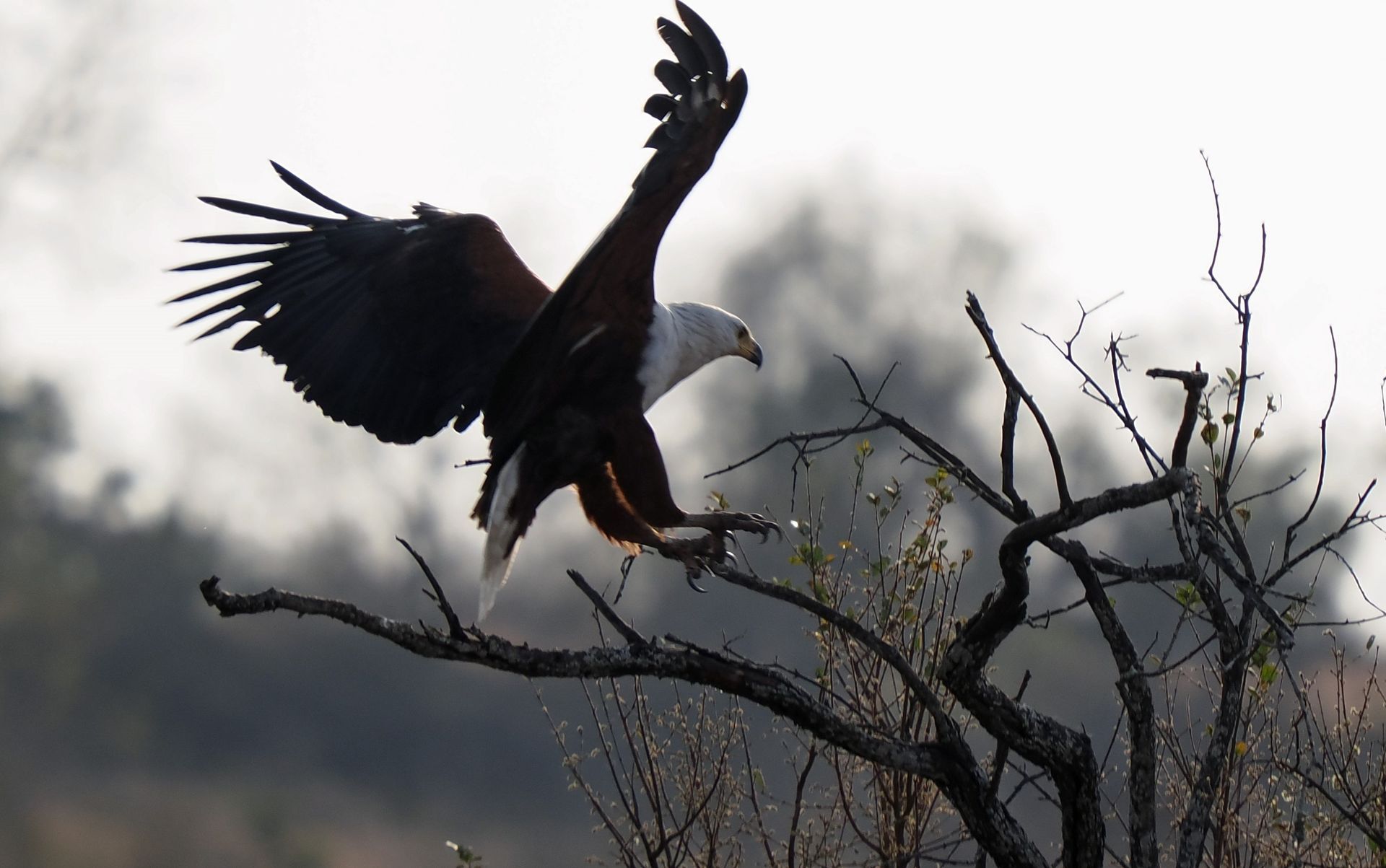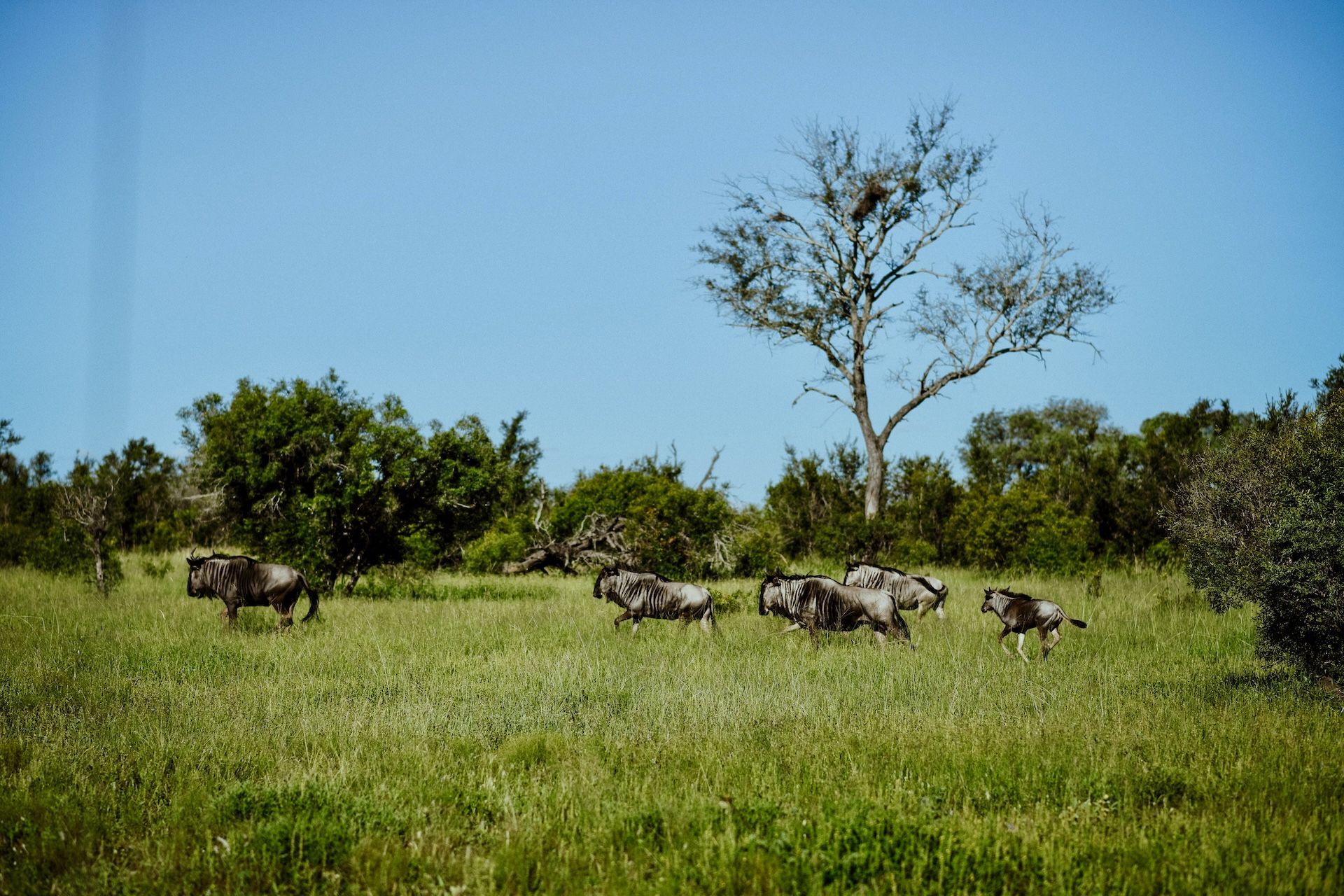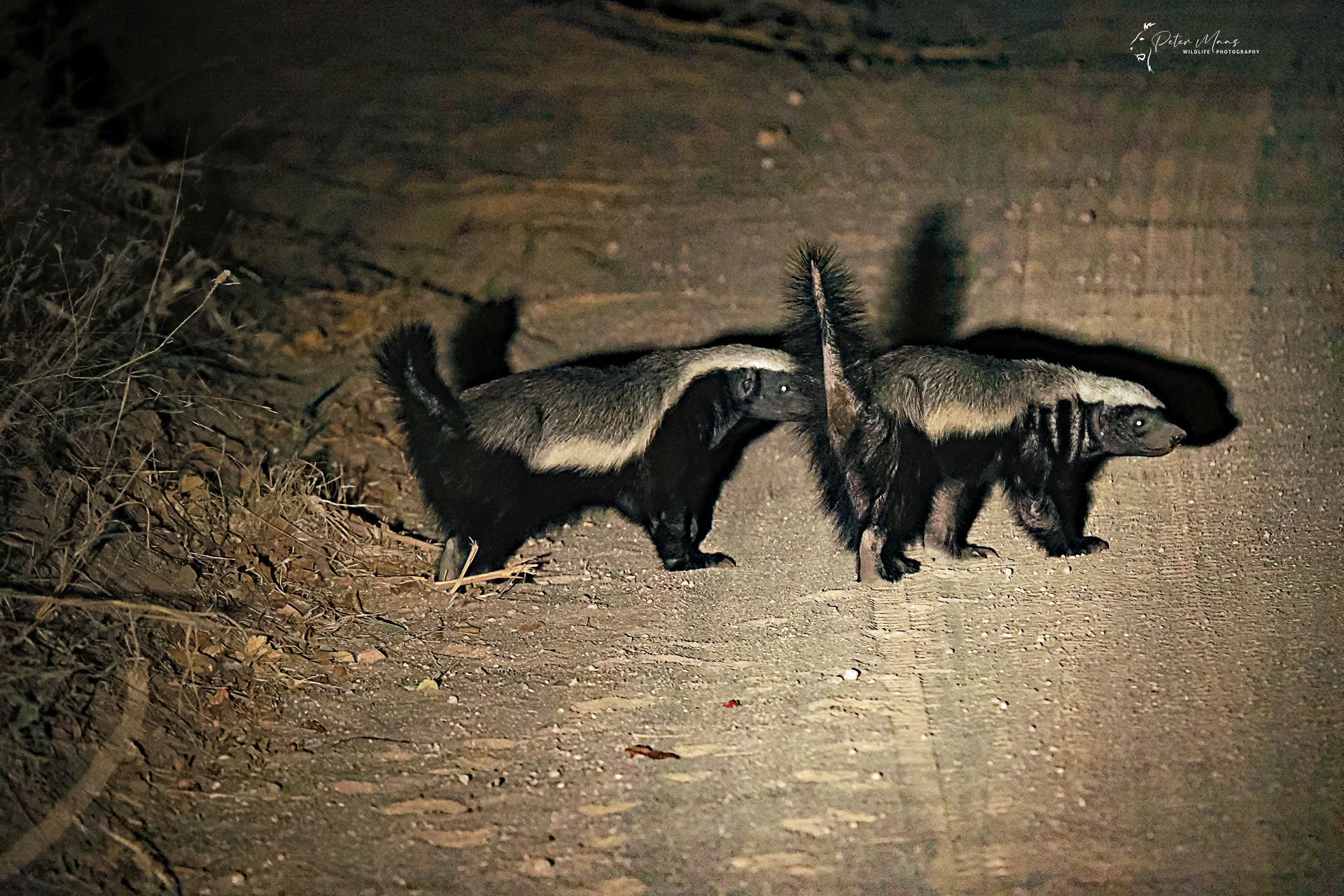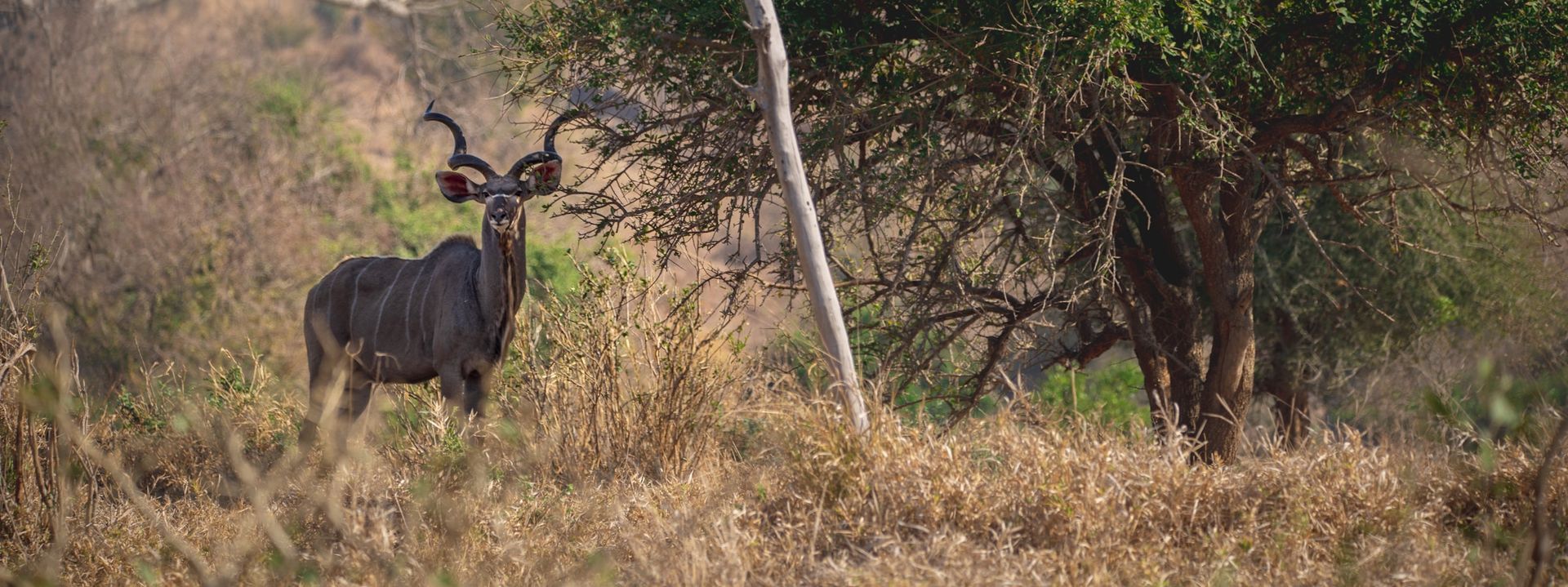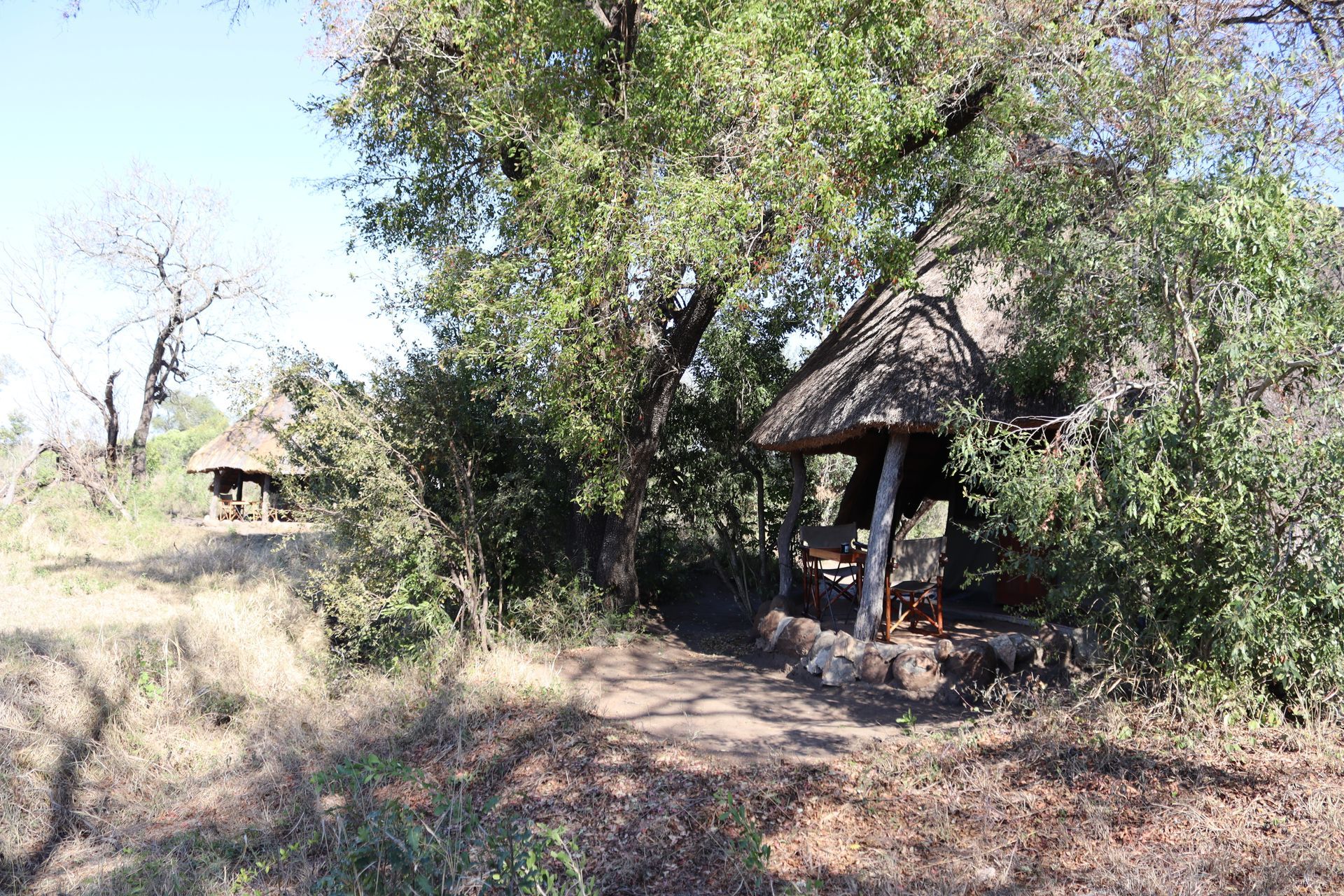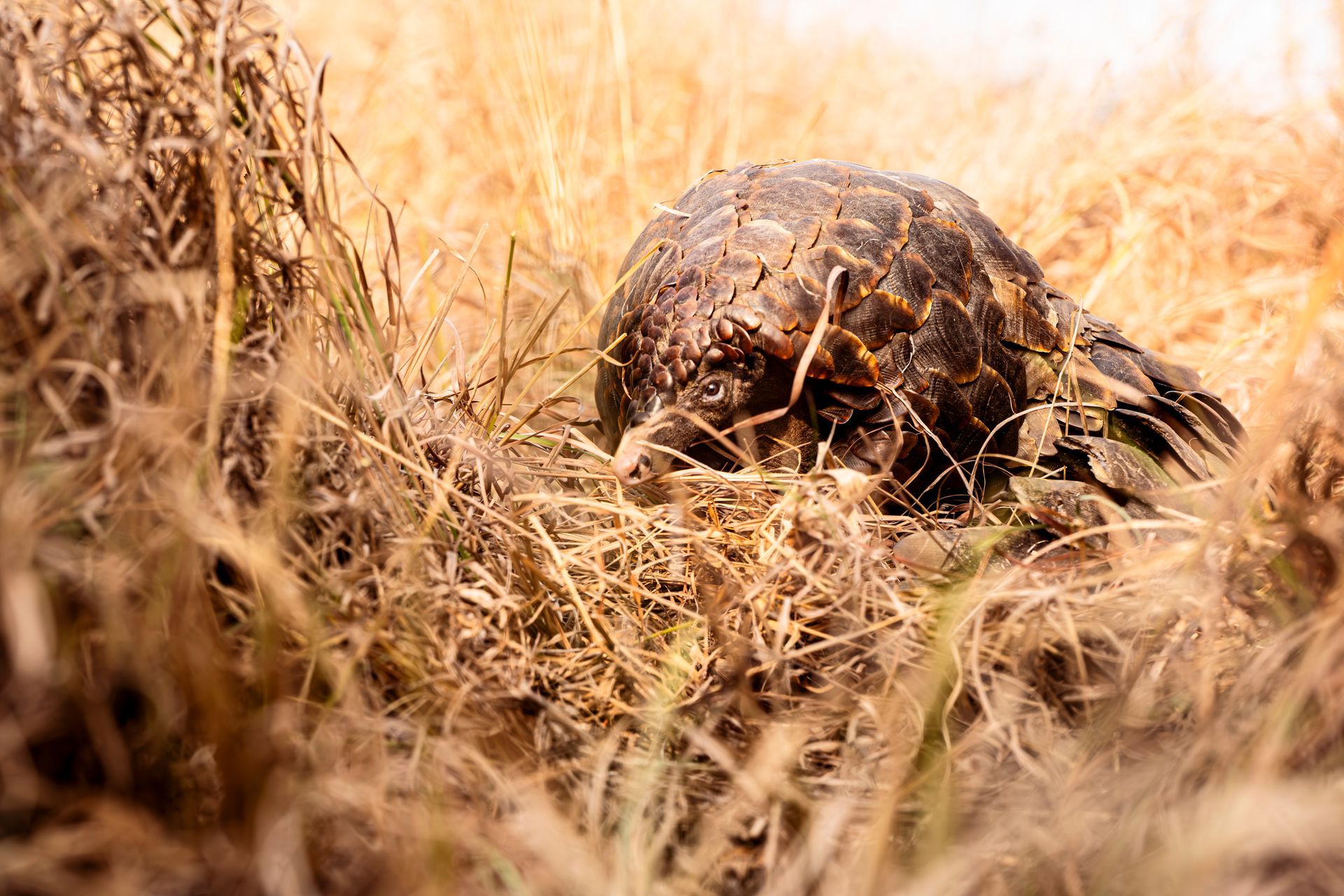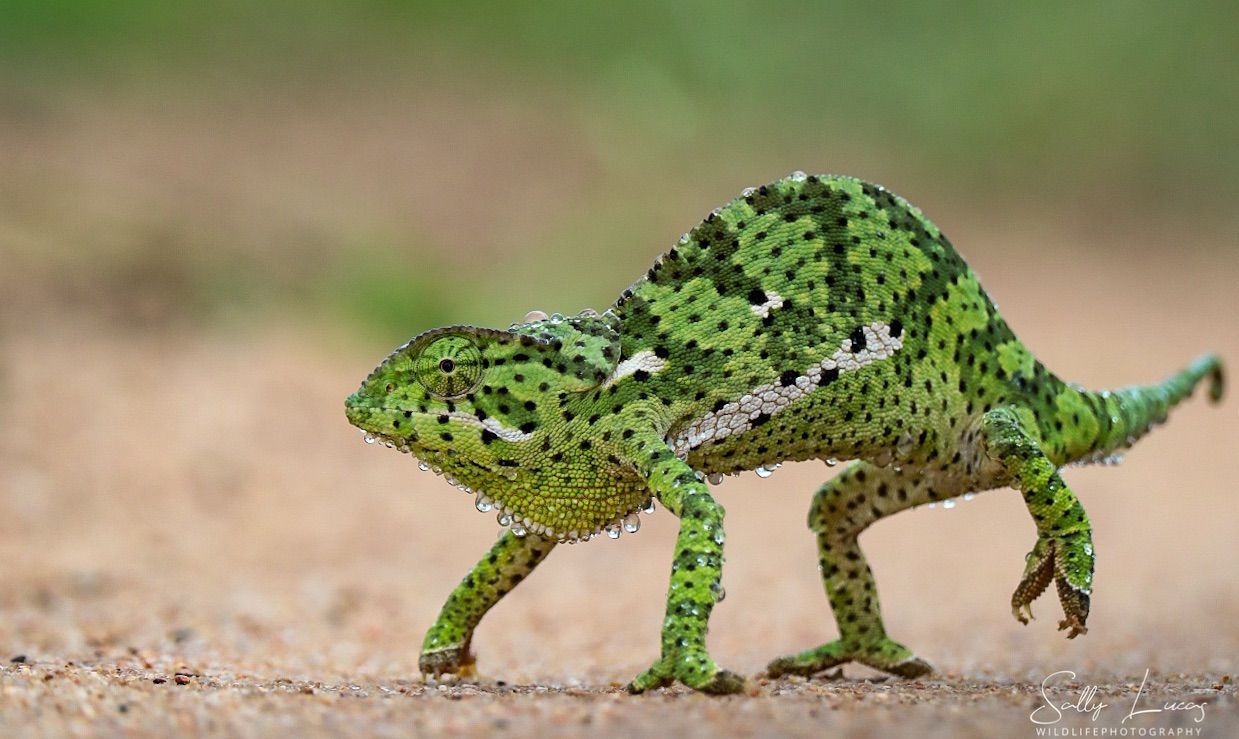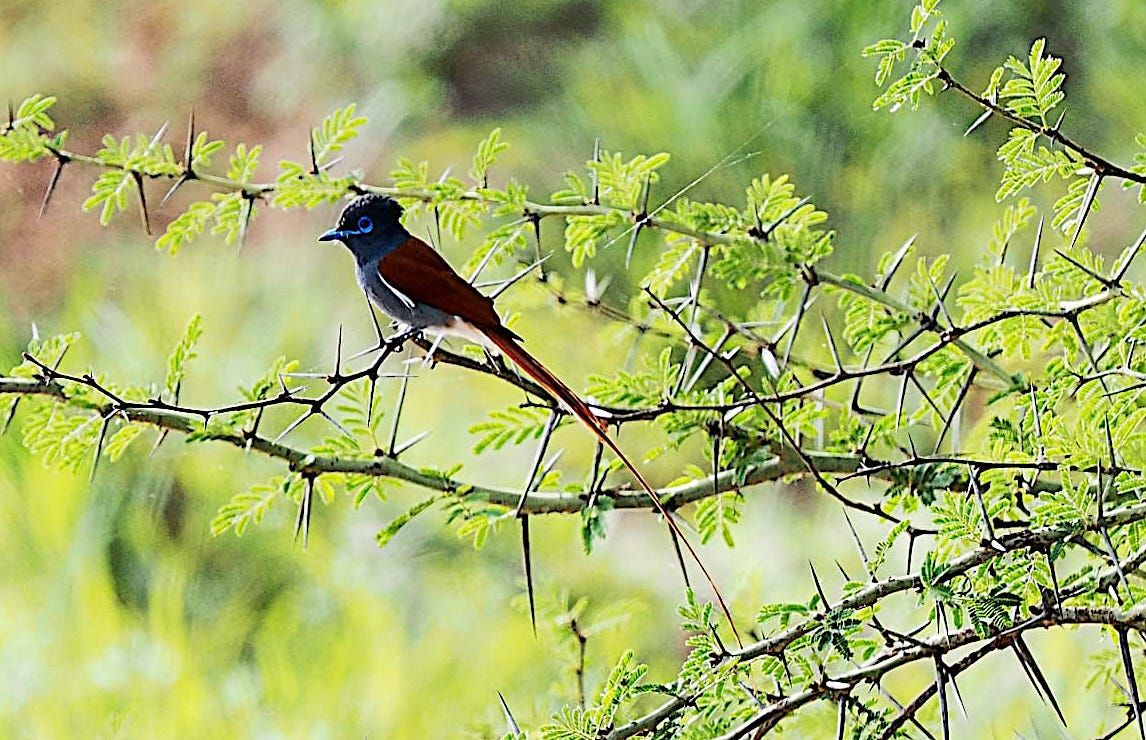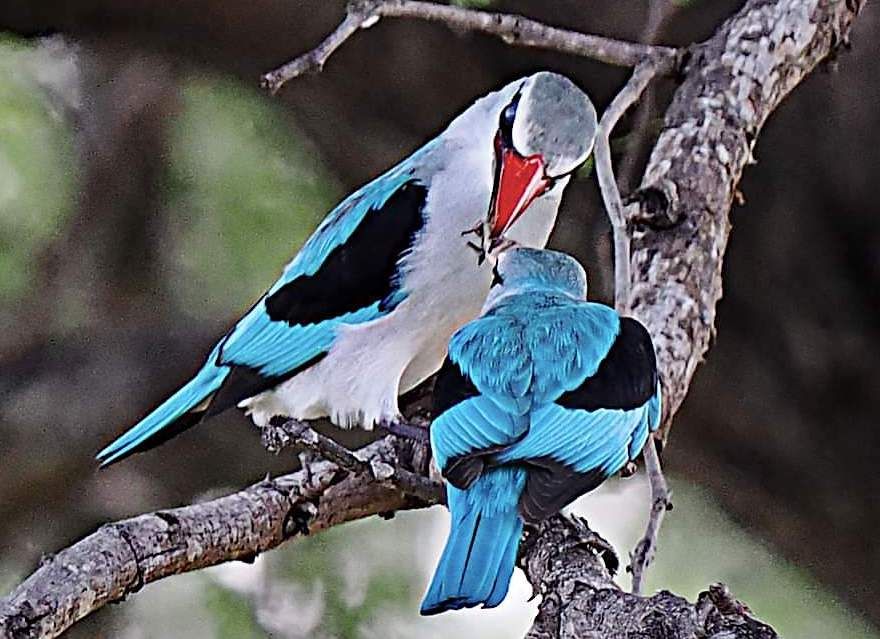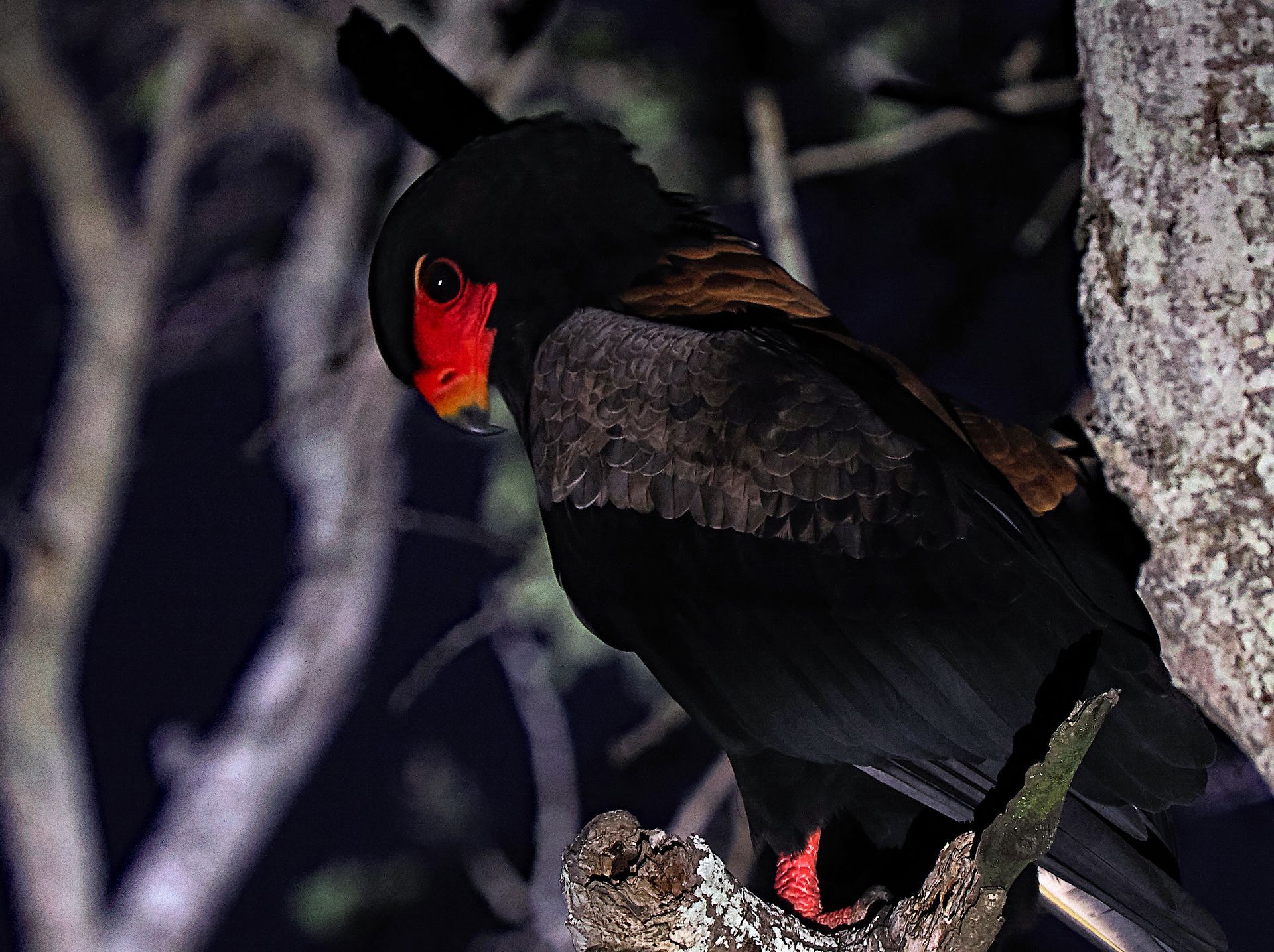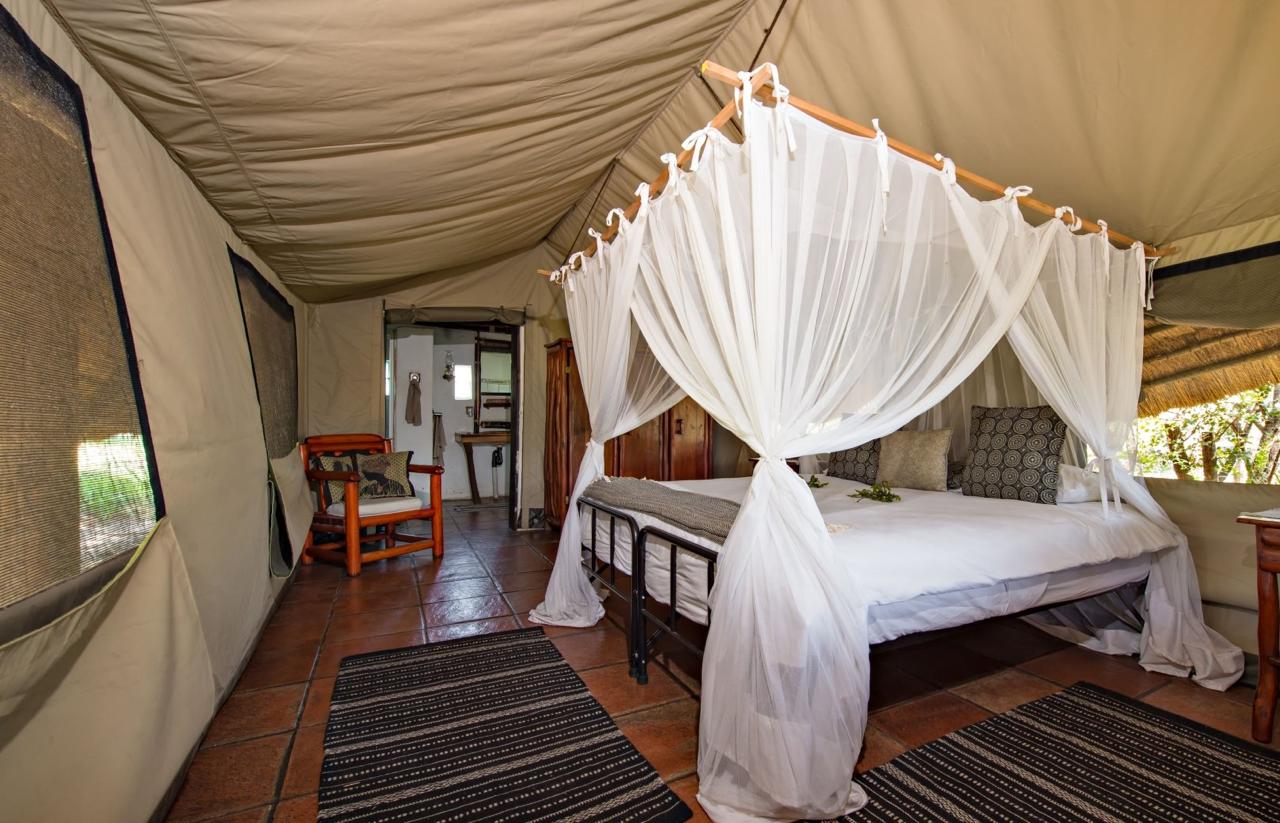Summer - the time of birding plenty
Migrant and resident species add colour to the Manyeleti
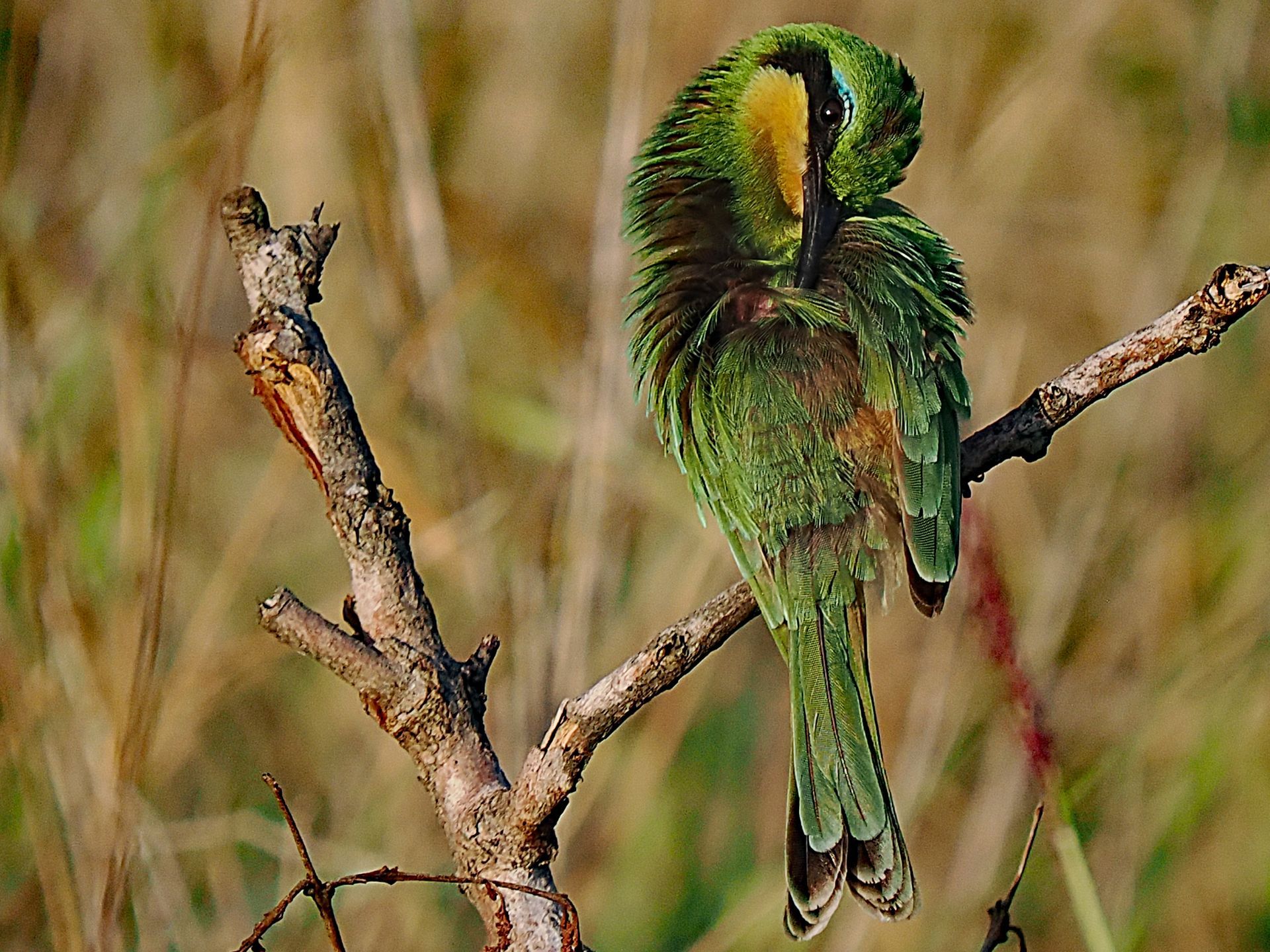
Above: A little bee-eater. Top: A black-headed oriole. All images: Peter Maas Wildlife Photography
The Manyeleti is known for its grassy plains and mixed woodland, creating a variety of habitats that make it an excellent destination for birdwatching. The summer months, which typically span from November to February each year, are particularly interesting for birders, as this is the time when many migratory bird species arrive in the region...
Summer is the wet season, also known as the emerald season because the bush flourishes, becoming dense and verdant. It's breeding time for many species too, offering an excellent opportunity to observe courtship displays and nesting behaviours, as well as chicks. The lush greenery, a result of the annual rains, provides a vibrant backdrop for birdwatching, with increased bird activity particularly notable during the early morning and late afternoon.
Additionally, the rainy season brings about a proliferation of insects, creating a plentiful food source for birds, attracting species that specialise in insect consumption.
Here are some of the migrant bird species you are likely to encounter in Manyeleti Game Reserve during the summer months:
Woodland kingfisher (Halcyon senegalensis)
Appearance: With its stunning blue and white plumage, the Woodland Kingfisher is a striking sight during the summer months.
Habitat: These kingfishers are often found in wooded areas, riverbanks, and open woodlands.
Behaviour: They are skilled hunters, diving from perches to catch insects, small vertebrates, and even reptiles.
Observation tips: Listen for their melodious calls and look for them perched on exposed branches. Their vibrant colours make them stand out against the greenery.
Yellow-billed kite (Milvus aegyptius)
Appearance: Easily recognisable by its yellow bill and forked tail, this kite is often seen gliding overhead during the summer months.
Habitat: Yellow-billed kites are adaptable and can be found in various habitats, including open landscapes and urban areas.
Behaviour: They are skilled scavengers, feeding on carrion and sometimes catching live prey like mongooses, rodents and small birds.
Observation tips: Watch for them soaring in the sky, particularly near areas with available food sources. They may also gather in groups especially when the grasses begin to seed and the seed-eating bird species are plentiful.
African paradise flycatcher (Terpsiphone viridis)
Appearance: An elegant long-tailed flycatcher, the African paradise flycatcher is known for its vibrant plumage and the stunning tail feathers that make up its breeding plumage.
Habitat: They are commonly found in wooded areas and riverine forests.
Behaviour: These flycatchers catch insects on the wing and are known for their acrobatic flights.
Observation tips: Look for their distinctive long tails and listen for their melodious calls. They often perch in trees and bushes and are very territorial, so constantly chirp and call to advertise their presence.
Steppe Eagle (Aquila nipalensis)
Appearance: This migratory raptor is characterised by its size, dark plumage, and distinctive flight silhouette.
Habitat: Steppe eagles are commonly seen in open savannahs and grasslands during the summer months.
Behaviour: They soar, using thermal currents, and may also be observed perched on elevated vantage points.
Observation tips: Look for Steppe Eagles during the day, soaring in wide circles. Binoculars can help identify them at a distance.
Here are some of the colourful resident bird species that you can see all year round in the Maneyelti, including in and around Pungwe Safari Camp:
Black-headed Oriole (Oriolus larvatus)
Appearance: A striking-looking bird with a bright yellow body and contrasting black head and wings, it also has a distinctive black eye stripe.
Habitat: These orioles are often found in woodlands, riverine forests, and savannahs. They are arboreal and are frequently seen perched on tree branches.
Behaviour: Black-headed orioles are known for their melodious and flute-like calls. They are generally vocal and can be heard before they are seen. They feed on insects, fruits, and nectar.
Observation tips: Look and listen for these orioles in the canopy of trees. They may be more active during the early morning and late afternoon.
Little Bee-eater (Merops pusillus)
Appearance: Little Bee-eaters are small, colourful birds with a combination of green, blue, and chestnut plumage. They have a distinctive black stripe on their face and throat.
Habitat: These bee-eaters are often found in open woodlands, savannahs, and areas with scattered trees. They are known for perching on branches and wires.
Behaviour: As the name suggests, little bee-eaters primarily feed on bees and other flying insects. They are highly agile in flight, catching their prey with impressive aerial manoeuvres.
Observation tips: Watch for them perched on exposed branches where they scan for insects. They may also use elevated perches to spot and catch their prey.
Bateleur Eagle (Terathopius ecaudatus)
Appearance: The bateleur is a medium-sized eagle with distinctive plumage. Adults have a black body, chestnut-coloured wings, and a bare, red facial skin. They have a short tail that makes them exceptionally aerodynamic.
Habitat: Bateleurs prefer open savannahs and woodland areas. They are often seen soaring in the sky or perched on prominent trees.
Behaviour: These eagles are known for their acrobatic flight and are capable of flying at low altitudes and tumbling. They are opportunistic hunters, feeding on a variety of prey, including small mammals and birds.
Observation tips: Look for one or more bateleurs soaring in the sky. They are often seen gliding on thermal currents. They may also perch on high vantage points, providing excellent opportunities for observation. They are renowned for flying in close formation, and have been known to locking talons and tumble together during the mating season.
Lilac-breasted roller (Coracias caudatus)
Appearance: A stunning and exceptionally colourful resident bird often perched prominently on tree branches.
Habitat: Lilac-breasted rollers are commonly found in open woodlands and savannahs.
Behaviour: They perch on exposed branches, scanning for prey, and are known for their aerial acrobatics and rolling flight during courtship displays.
Observation tips: Look for them on high perches where their distinctive colours make them easy to spot.
